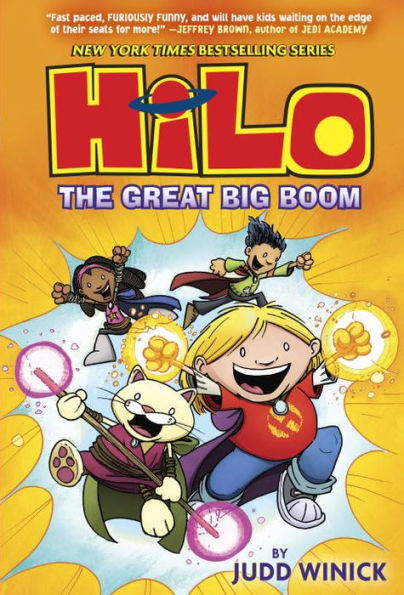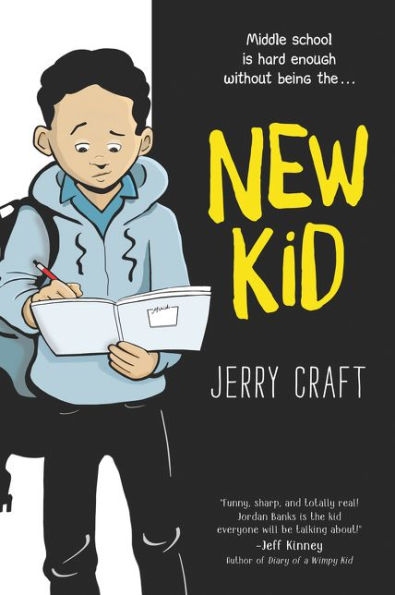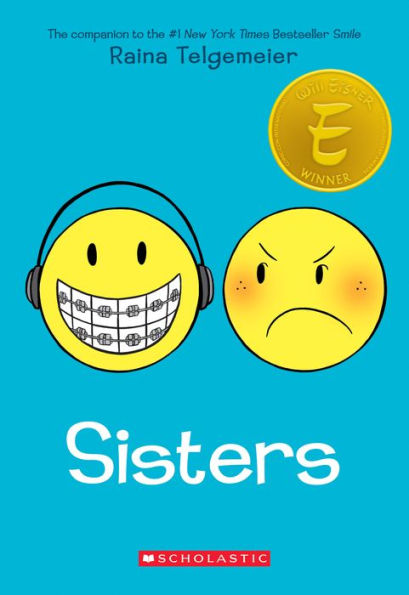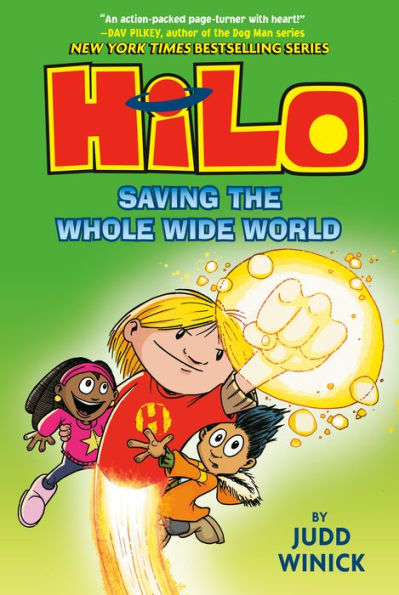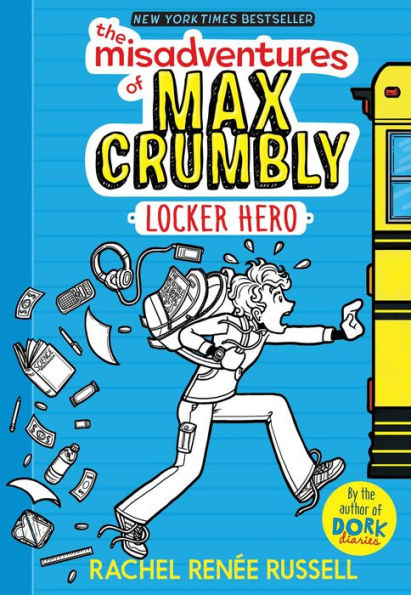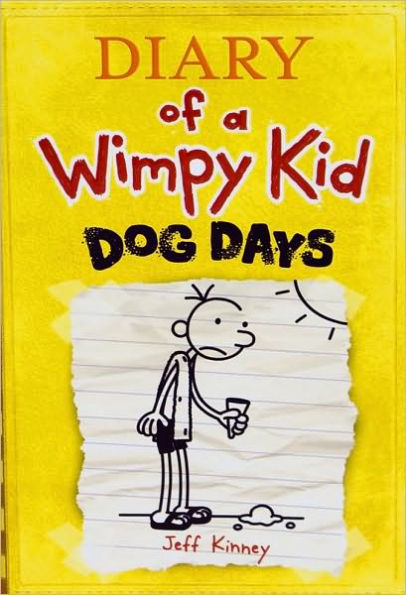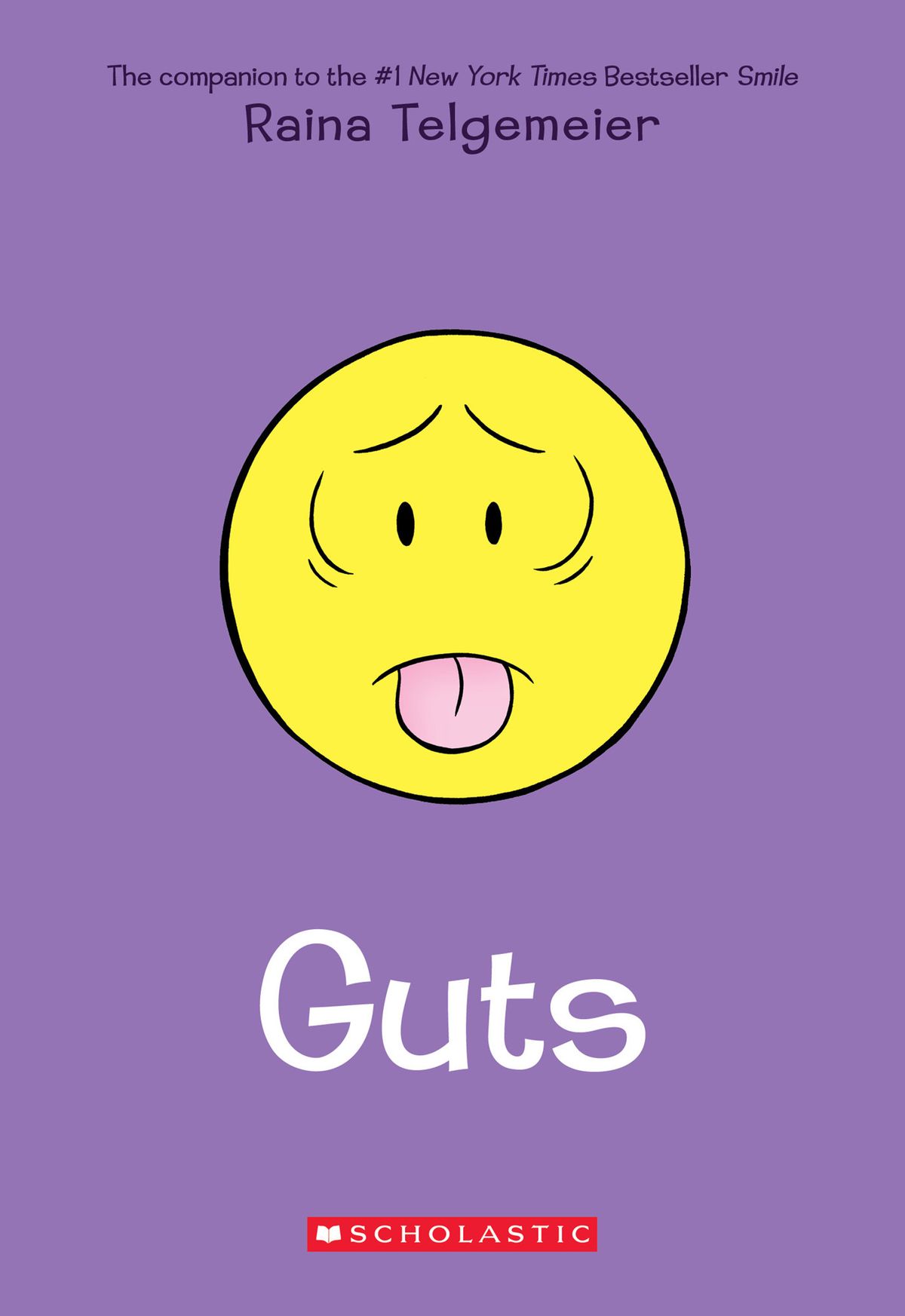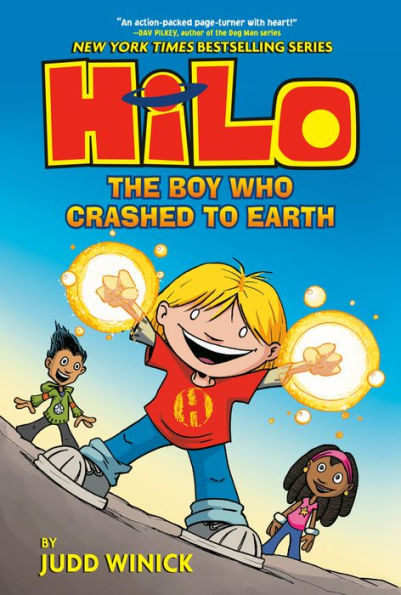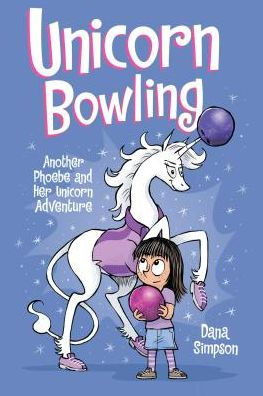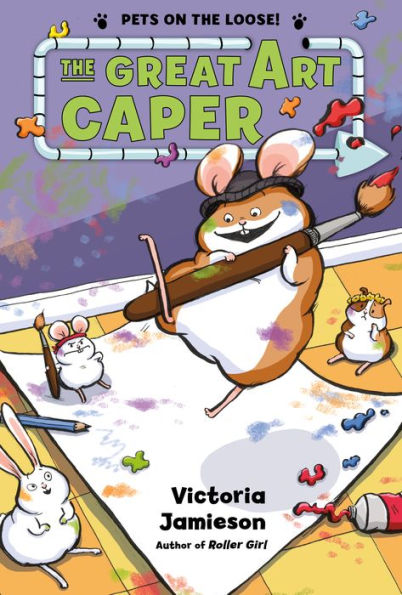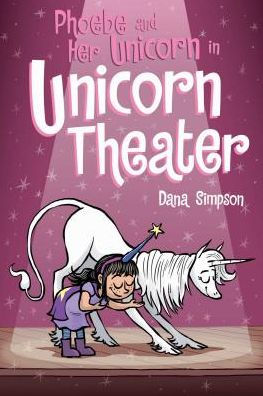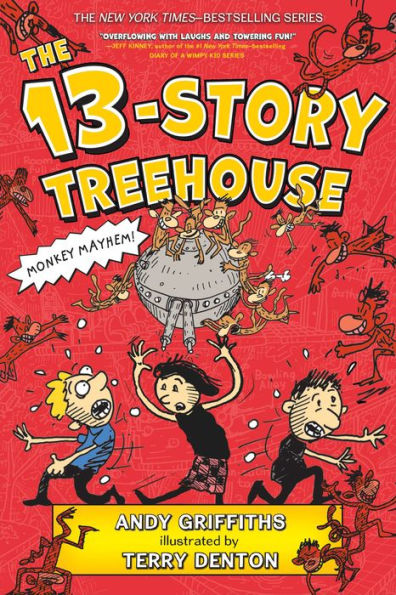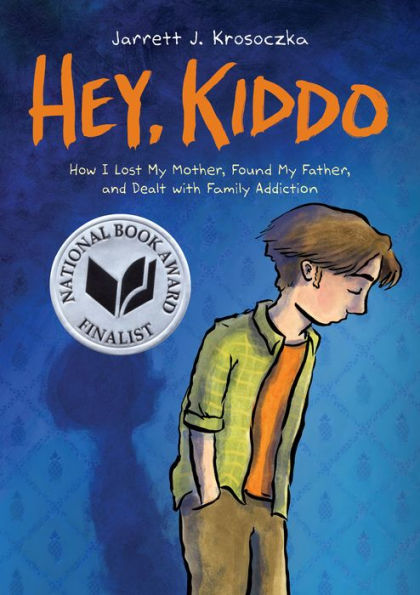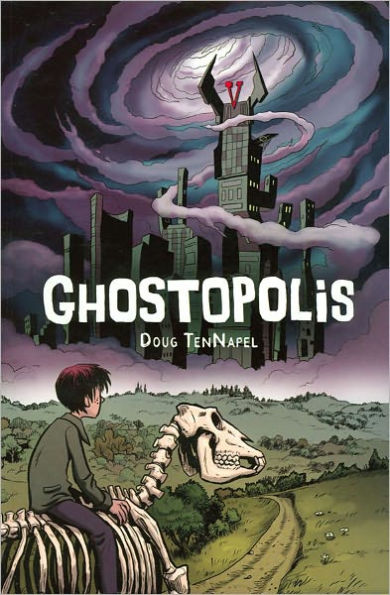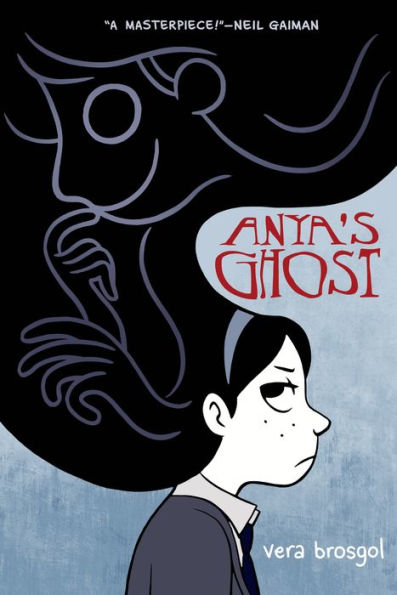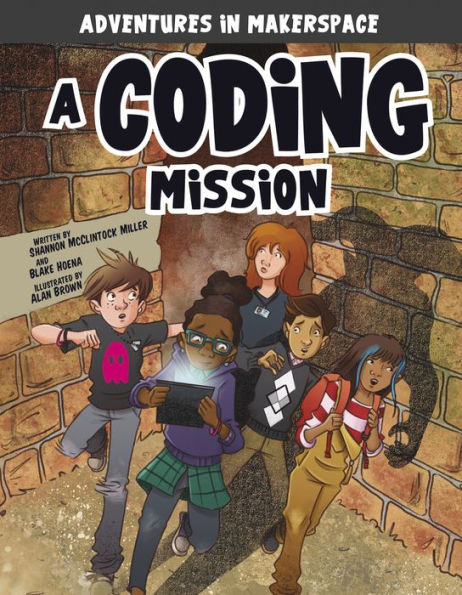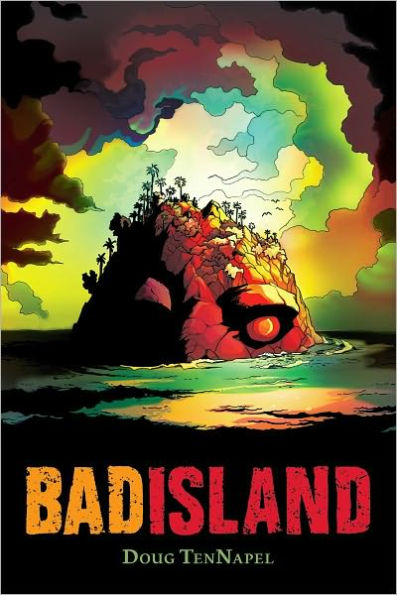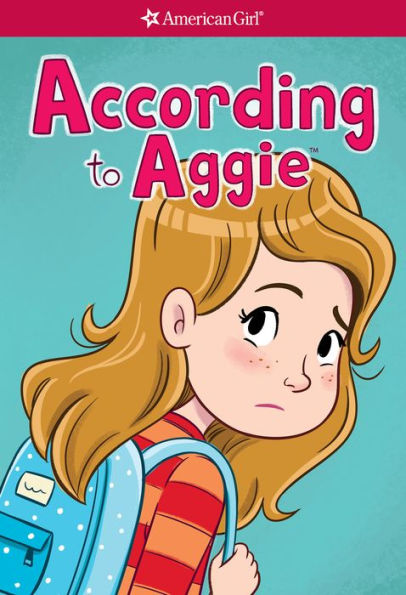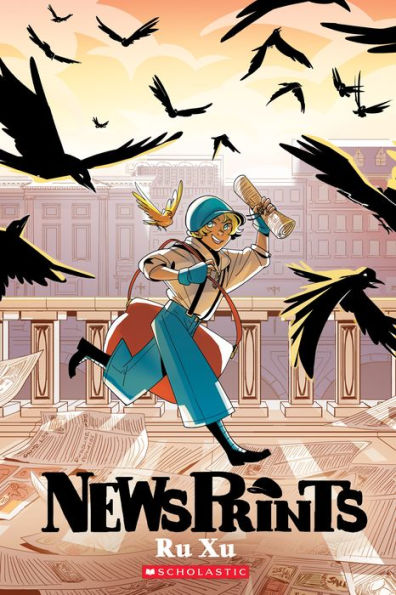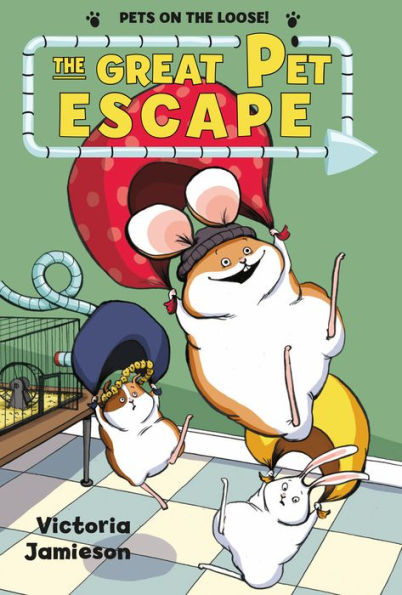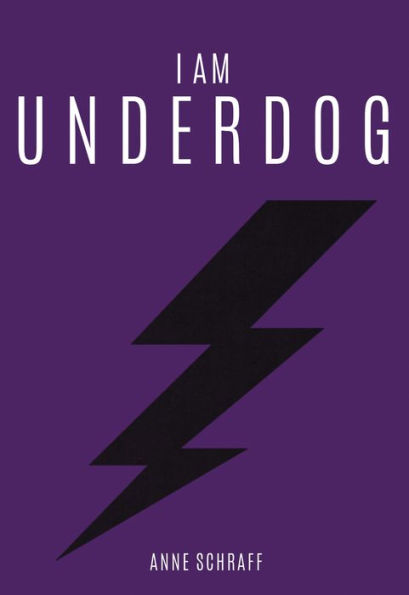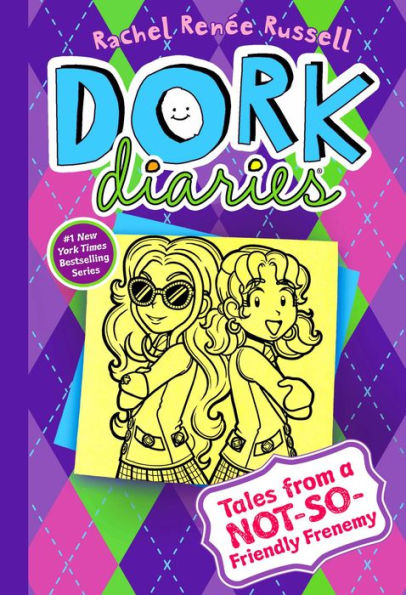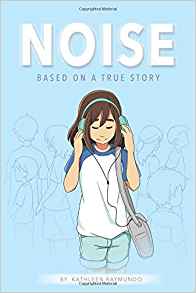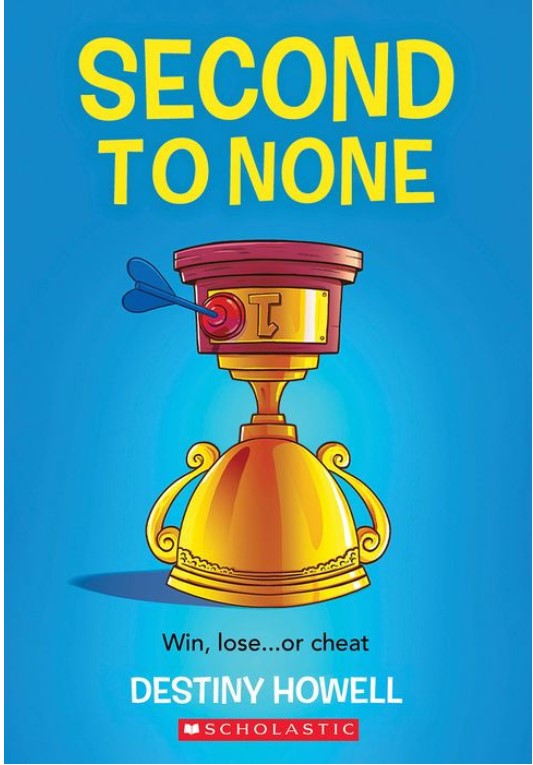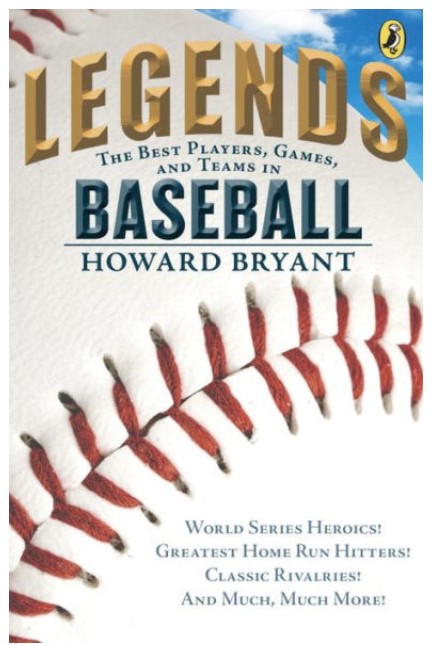When Gina disappears into a portal, no one knows where she is. But Hilo knows that friends don’t let friends disappear. Hilo and D.J. know they must find Gina and bring her home. They know jumping into a portal will lead them on a dangerous adventure, but they are determined to get Gina back. Can they find Gina and make it back to Earth before the portal closes?
Readers will fall in love with Hilo, the lovable living machine from another planet. The Great Big Boom takes readers on an epic adventure to a world where two clans have been battling for centuries. As Hilo searches for a way home, he struggles with regaining his memories. Hilo is afraid that he will discover that he is truly evil.
In the battle scenes, the characters spend more time running away than fighting and none of the characters are seriously injured. Hilo and D.J. go to “Oshun, the last magical planet” and find their friend Polly who loves to tell puns. Polly introduces Hilo and D.J. to a clan of fierce-talking cats. Readers will giggle at the sibling arguments and the silly antics of the Furback Clan.
Brightly colored illustrations will capture readers’ attention, but readers will want to keep turning the pages because of the engaging story and the likable characters. The detailed illustrations show exaggerated facial expressions which will help readers understand the characters’ changing emotions. For maximum enjoyment, the stories should be read in order. Even though the first chapter recaps the events in the previous books, the story’s plots build on each other.
Hilo’s story demonstrates how one person can make a positive impact on others. Hilo learns that a person can always change for the better and that past deeds do not have to define you. The Great Big Boom keeps readers entertained with mystery, fighting, magic, and wonderfully complex characters. At the end of the story, readers will be eager for Hilo’s next adventure, Waking the Monsters.
Sexual Content
- None
Violence
- The military surrounds Hilo and D.J. with tanks but when the two boys beginning crying, “I want my mommy! Waaaaaah!” the army men get confused. The boys are put in a holding cell. Hilo holds an object and recites a spell: “Time is the stone that falls. Time is the river that crawls. Turn the water and rock. Turn back the sun and the clock.” The orb “can erase the memories of an entire world from two sunsets.” After the spell, a man lets the kids out of the cell.
- A giant hamster-like creature that is carrying an alligator creature chases D.J. and Hilo. Someone uses lasers to hit the alligator creature and the hamster-like creature in the butt. The two creatures run away.
- An elephant squid grabs someone and D.J.’s sister uses a magical blast to shrink the elephant squid. When the squid shrinks, the person he captured kicks him.
- Hilo and his friends are gobbled up by a fish, who takes them to a sorcerer. The fish spits the group out of its mouth.
- The Scale Tale Clan tries to attack Hilo and his friends, but the house they are in begins grabbing them and punching them. The Scale Tale Clan is able to capture one creature. When Hilo goes to save his friend, the Scale Tale Clan surrounds him with weapons, but Hilo uses an electromagnetic pulse to disable the weapons. The two clans battle each other.
Drugs and Alcohol
- None
Language
- The characters in the story call others names. For example, humans are called “hairless monkeys.” Other names creatures are called include putrid, slime-caked salamander, odorous toe crust from a troll’s diseased foot, snake face, and fish-bottomed dung herders.
- Someone tells Hilo and D.J. that they stink “just like a buffalo’s keister.”
- “Holy Mackerel” is used as an exclamation.
Supernatural
- Hilo is a living, feeling machine that runs off of solar energy, can fly, and shoots lasers out of his hands.
- Two kids use magic to turn their brother into a sandwich. Their mother shouts, “Turn your brother back before the cockroach eats him!”
- Someone uses an incantation to bring Hilo’s memories back. The person chants, “Deep in the sea, below the murk. Beneath the cavers, trapped in dirt. Rise up from the ground, overturn the dark moss. Return to use the visions we have lost.”
- A sorcerer uses a spell to put Hilo and his friends “inside of Hilo’s memories. Our bodies are entranced inside my house. Oh. . . We’re in Hilo’s head.”
- The Scale Tale Clan has a “fire orb” that makes them weapons.
Spiritual Content
- None
